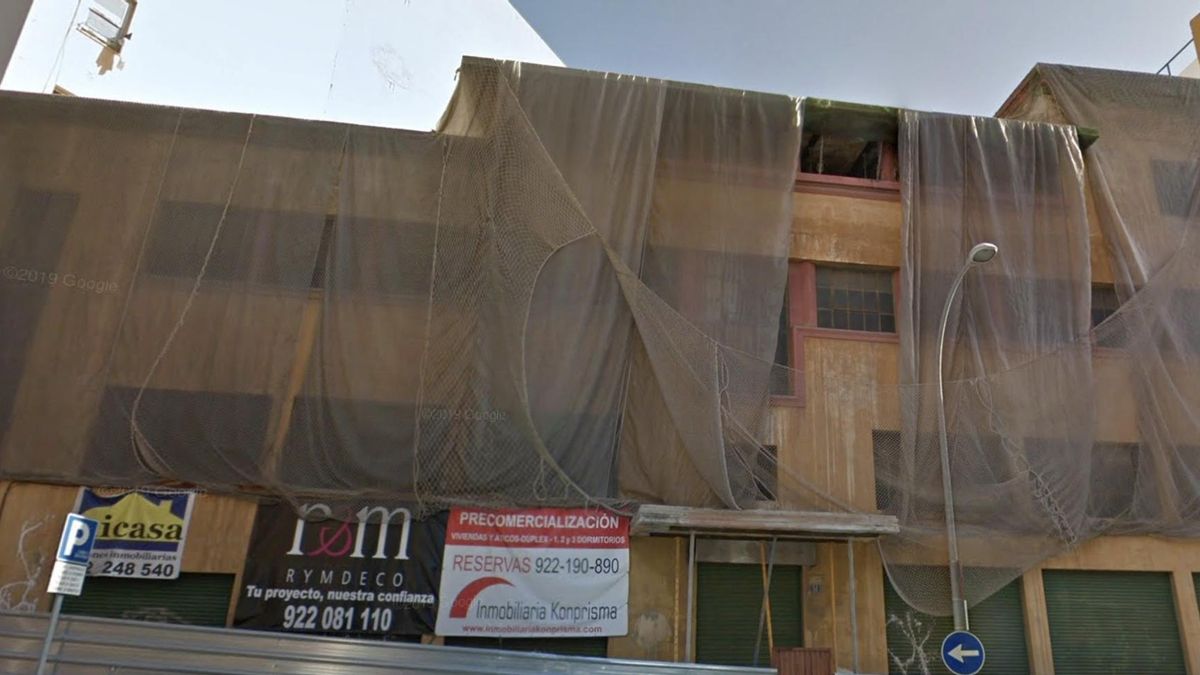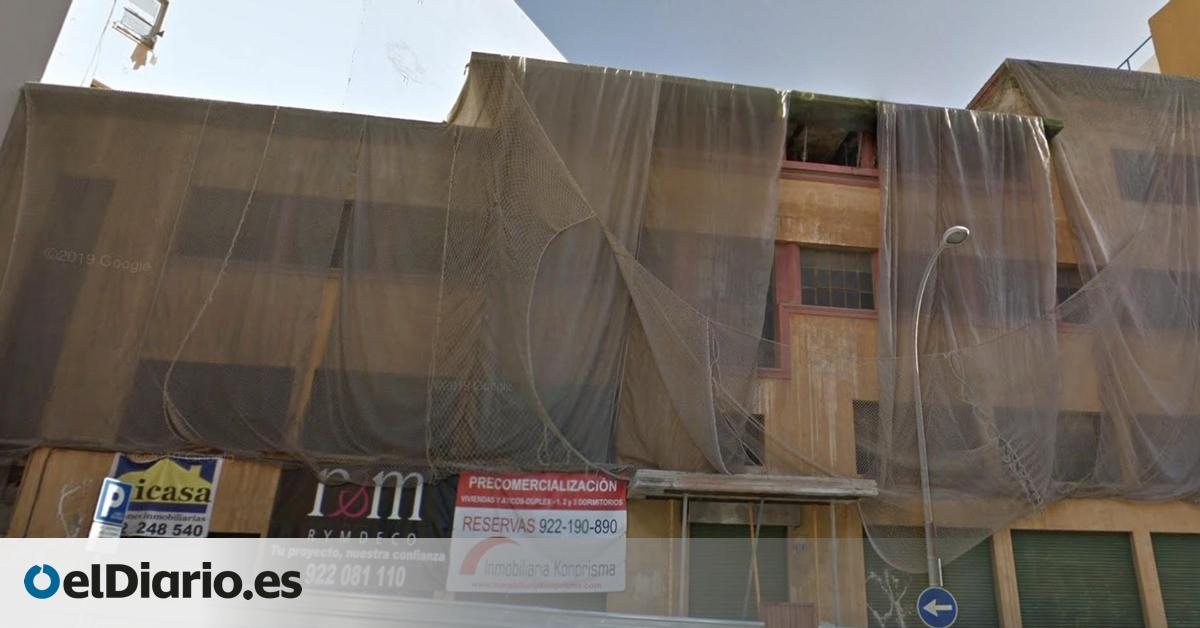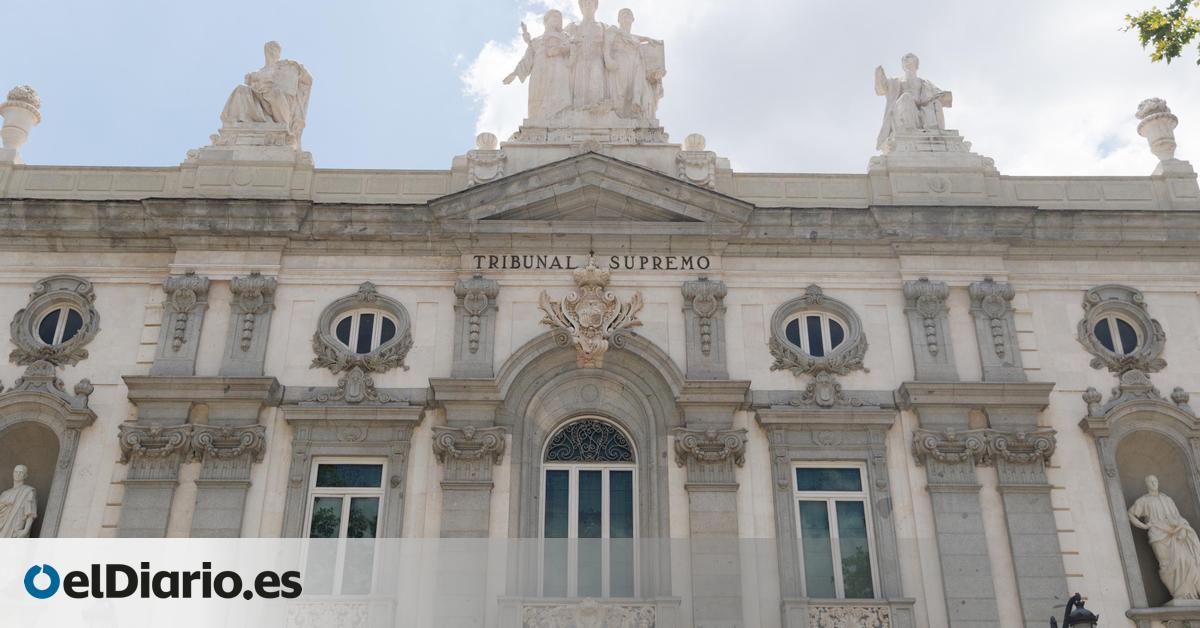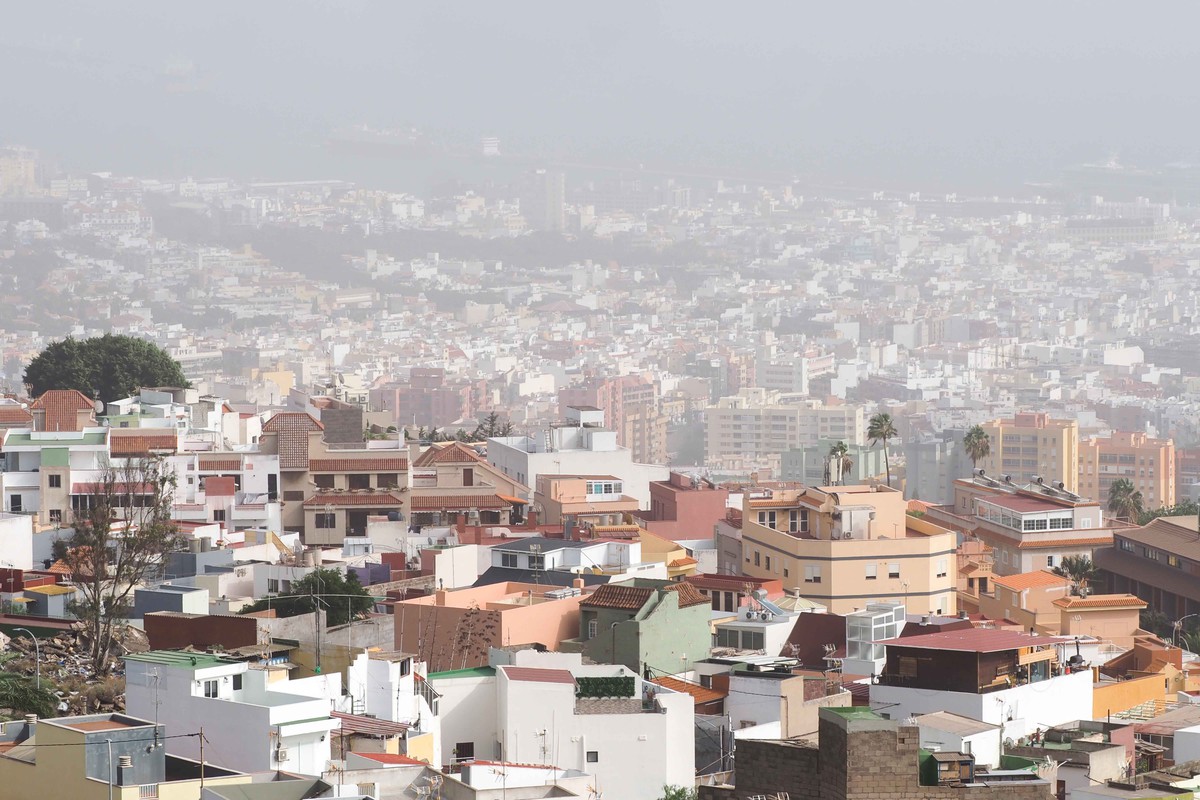Historic Tobacco Factory to Become Luxury Residences

The building that once housed the La Belleza tobacco factory in Santa Cruz de Tenerife will now feature eleven luxury residences. According to the catalogue of the General Plan of the Tenerife capital, the façade and entrance hall will be preserved, as these are the only protected elements.
Concerns Over Historical Loss
Alberto Darias Príncipe, a professor of Art History at the University of La Laguna (ULL), believes that the historic building can now be considered “lost” and laments that it will not be preserved in its entirety as he had hoped.
In statements to EFE, Darias expressed that the decision to maintain the façade and the first section of the building is “the least bad option.” However, he regrets that “we are left with a city that resembles the backdrops of a theatre, merely a stage,” and he feels that the interior held significant value that should also have been conserved.
Calls for Comprehensive Protection
Experts, including architect Fernando Beautell, previously advocated for complete protection of the property located on Pérez de Rozas street. Beautell lamented that the catalogue only accounts for the preservation of these two elements, describing the decision as “rather incoherent.”
Dulce Xerach, former Councillor for Culture at the Cabildo of Tenerife and an advocate for industrial heritage, noted that, unfortunately, “it is not always possible to save the entirety of such buildings, as was the case with the El Tanque of the refinery.”
Positive Elements Amidst Change
Xerach views it as positive that at least some elements will be retained to “remind us that an important historical building once existed there, and they can be used for residential purposes,” similar to the transformation of old factories into lofts and apartments in New York.
She also highlighted that the former factory was “quite deteriorated,” so the retention of the façade is still viewed as a positive step.
“We cannot expect all historic buildings to become cultural centres, and it is important that they do not lose their identity and essence. Preserving the façade can significantly help in that regard,” she stated.
She pointed out that maintaining the first section is also relevant as it reinforces the historical essence of the building and includes the preservation of the roof.
Reflections on Heritage Preservation
“I am not overly critical of this action, as there was practically no other option left, and at least in the future, there will be a reference to what it once was,” she remarked.
She added that industrial heritage was only addressed in the Canary Islands’ Heritage Law in 2019.
Acknowledgment from Docomomo
The former factory is included in the catalogue of the international body Documentation and Conservation of buildings, sites, and neighbourhoods of the Labour Movement (Docomomo), which recognizes the most valuable pieces of modern times and aims to disseminate, inventory, and protect these elements.
The associated file notes that it was originally situated in the city’s expansion area, forming a rationalist complex with the living quarters and gardens of the owner, which have since disappeared, alongside its lateral façade, “which has significantly diminished its integrity.”
The building featured a central area covered by a skylight, which organised and facilitated the various activities taking place inside.
According to Docomomo, “the symmetry of the main façade and the use of mouldings on the cornices, the clarity of the openings, and the transition between the two original façades make this building one of the most interesting from the work of Canarian architect Miguel Martín Fernández de la Torre.”
Constructed between 1929 and 1930, “both the mastery of volumetrics and the rationalist composition” make it a fundamental piece in the architect’s oeuvre, “testifying to his maturity.”
Subsequently, the building suffered a fire that severely damaged its interior, which housed some shops until it eventually fell into complete abandonment.














